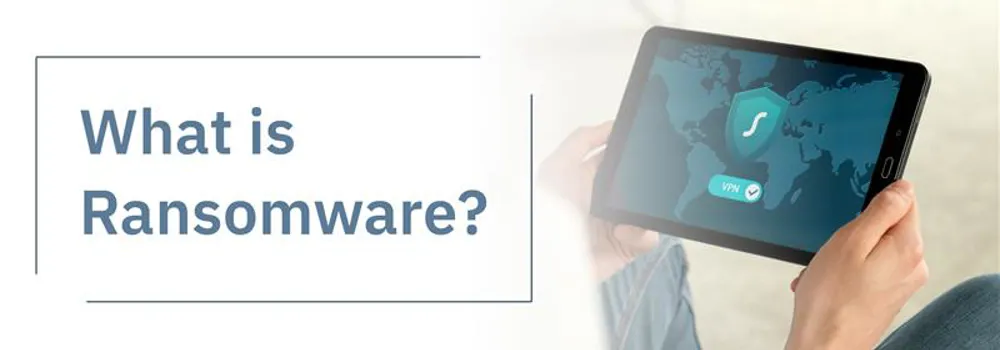Group legal insurance plans are one of the fastest growing employer benefits.

What is Ransomware?
What is Ransomware?
How much are you willing to pay to restore stolen files? Well, that’s what cyber criminals are trying to find out.
According to the Cybersecurity & Infrastructure Security Agency, ransomware is the digital world’s fastest growing malware threat. To combat its harmful growth, CISA announced its Reduce the Risk of Ransomware Campaign, an effort to educate both public and private sectors on the dangers of ransomware and provide the public with the tools necessary to prevent such attacks.
So, what exactly is ransomware and what should you do to protect yourself from it?
What is ransomware?
Ransomware is a cybersecurity threat and means of extortion. Cyber criminals encrypt users’ data and systems, rendering them inaccessible, and use the compromised files as ransom, promising users the files will be returned unscathed in exchange for a lump sum.
Can I be a victim of ransomware?
Cyber criminals are using ransomware to target all technology users on nearly any device, from in-home computers and personal mobile phones to company-wide data systems.
How does ransomware attack the device?
The most common delivery method for ransomware is phishing e-mails. Such e-mails direct recipients to a link that authorizes a ransom payment. The victim is often told that the ransom must be paid before he or she can regain control of the newly-locked computer system. Criminals are likely to demand fines within a designated number of hours.
Should I pay the ransom?
The CISA warns against paying a ransom. Any compromised data is likely to scare a victim, be it a young user on a school desktop or a company CEO on a work-issued tablet. Before giving into the demands of cyber criminals, contact federal law enforcement. You’ll also want to act quickly in any attempt to restore data, or to power down devices that share the same network as the compromised device.
How can I protect myself from ransomware attacks?
Prevent ransomware attacks by performing regular back-ups on all devices. Ensure all firewalls are functioning properly, upgrade anti-malware programs, enable spam filters, and more.
Visit CISA.gov for additional information and resources.





